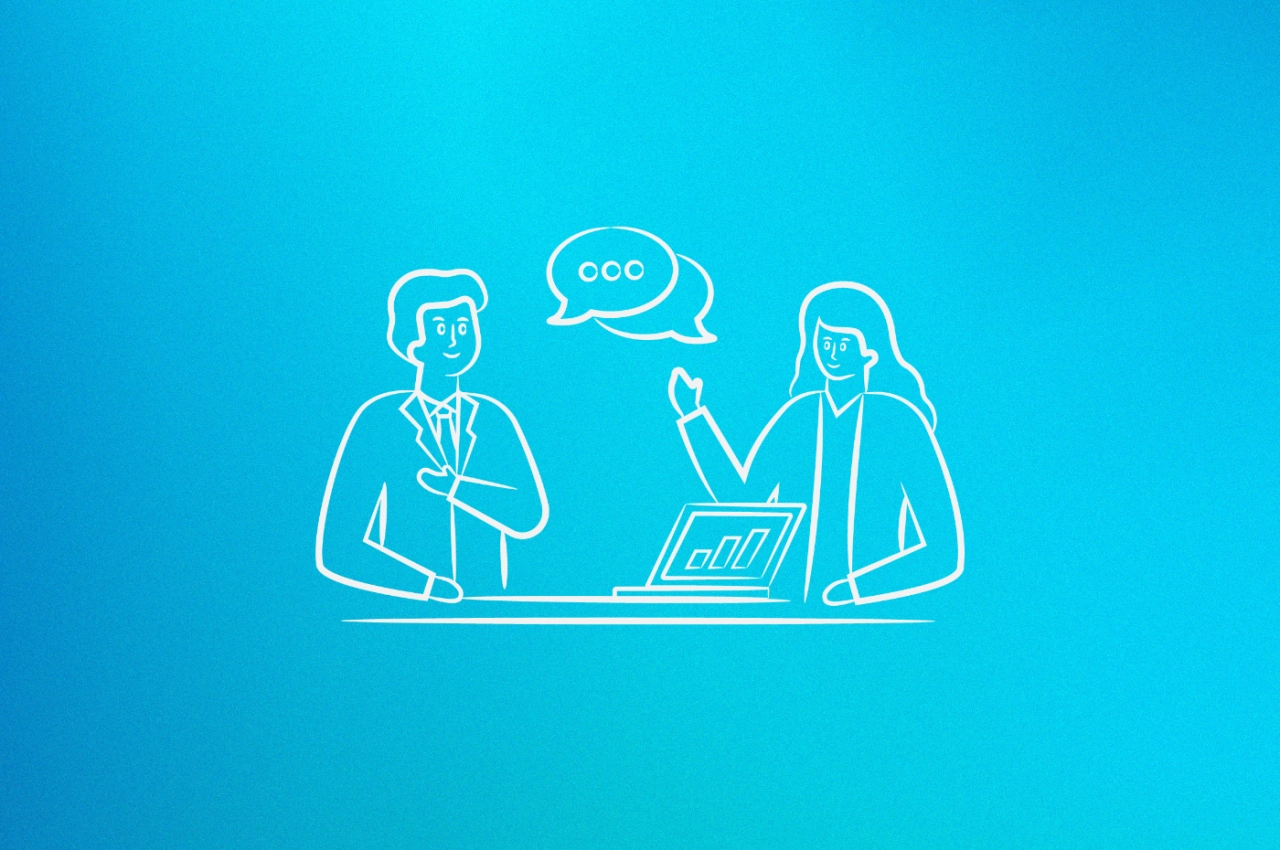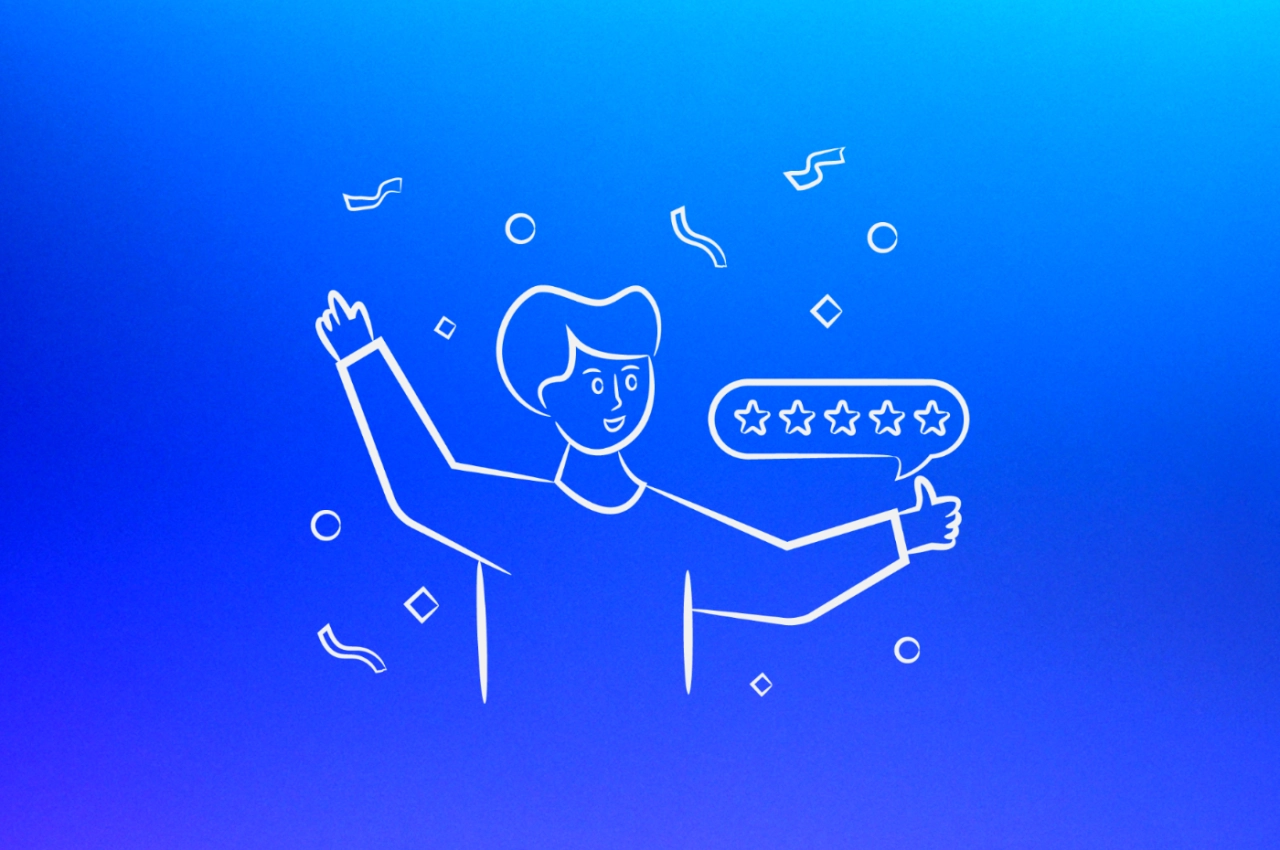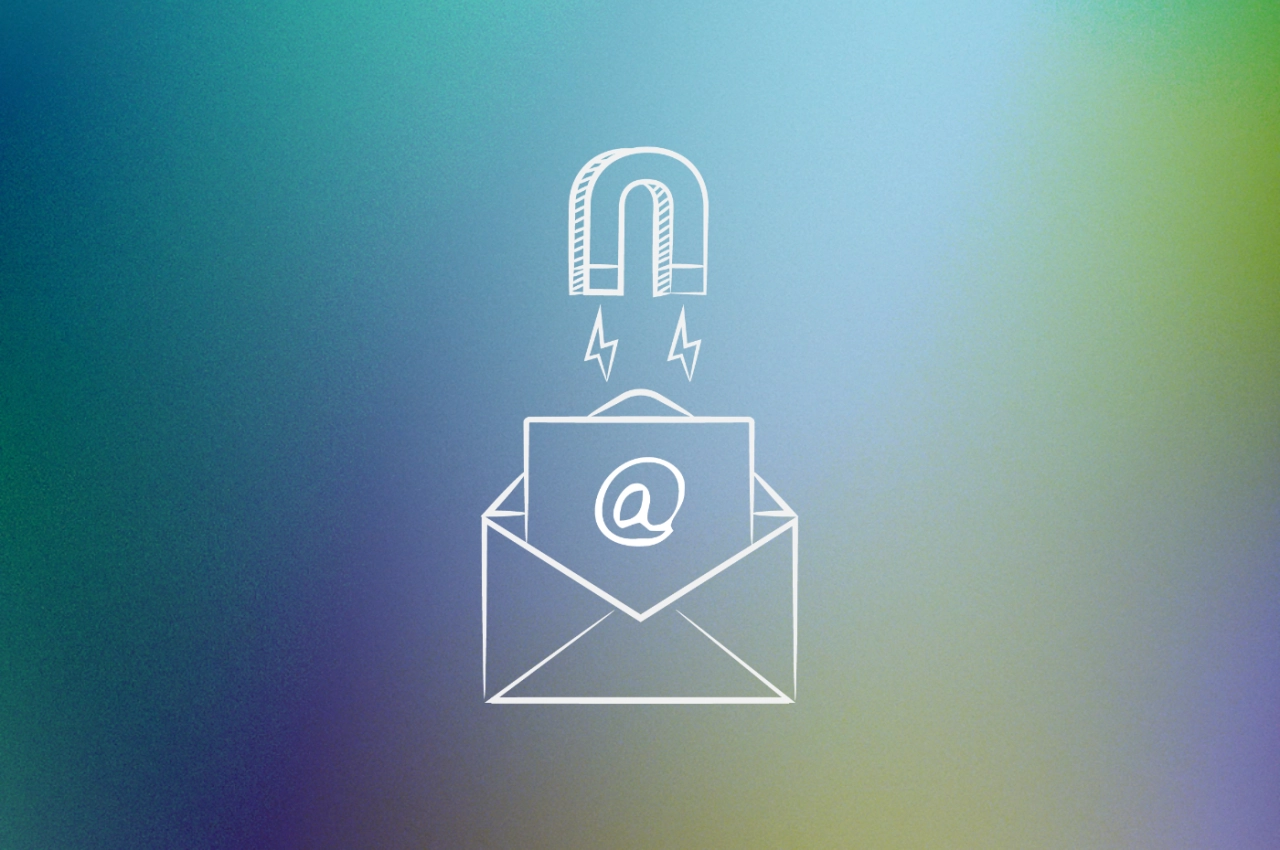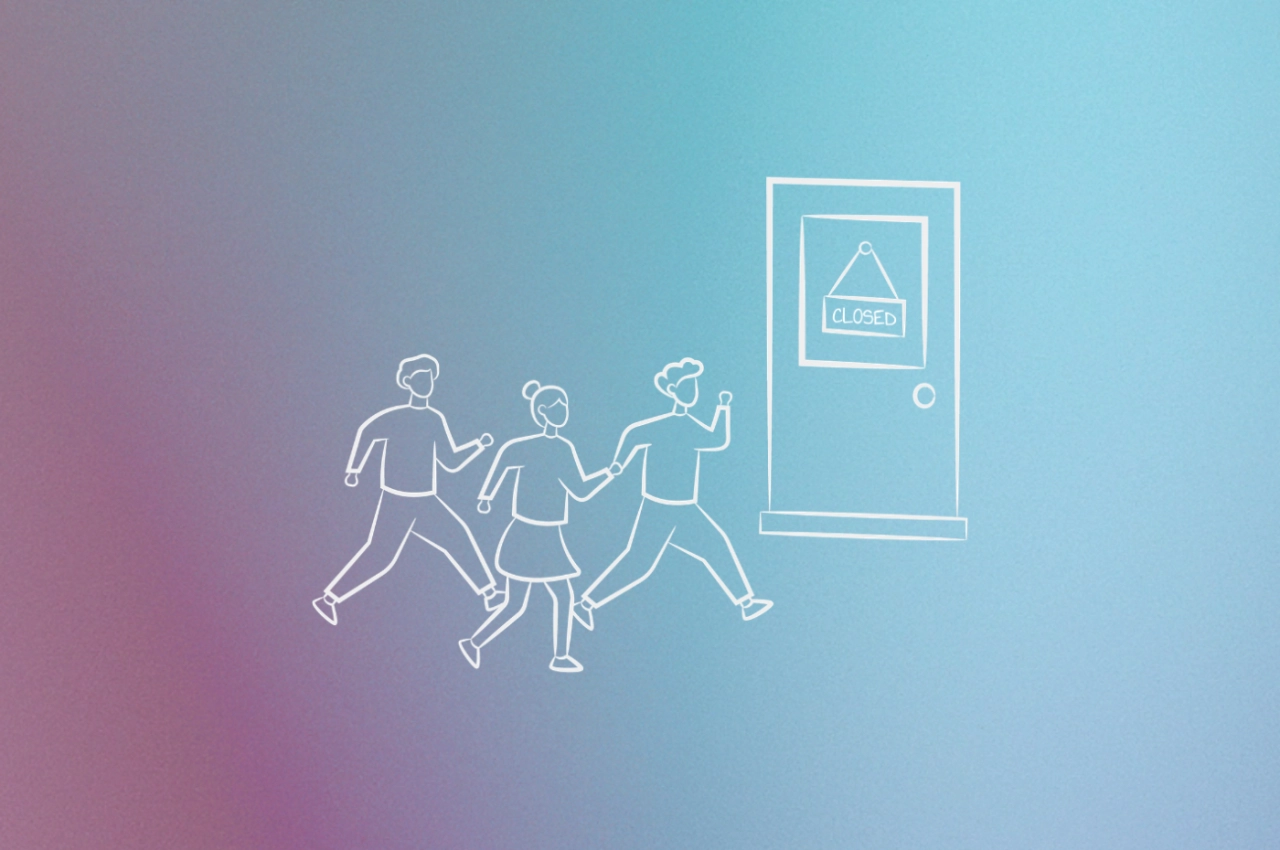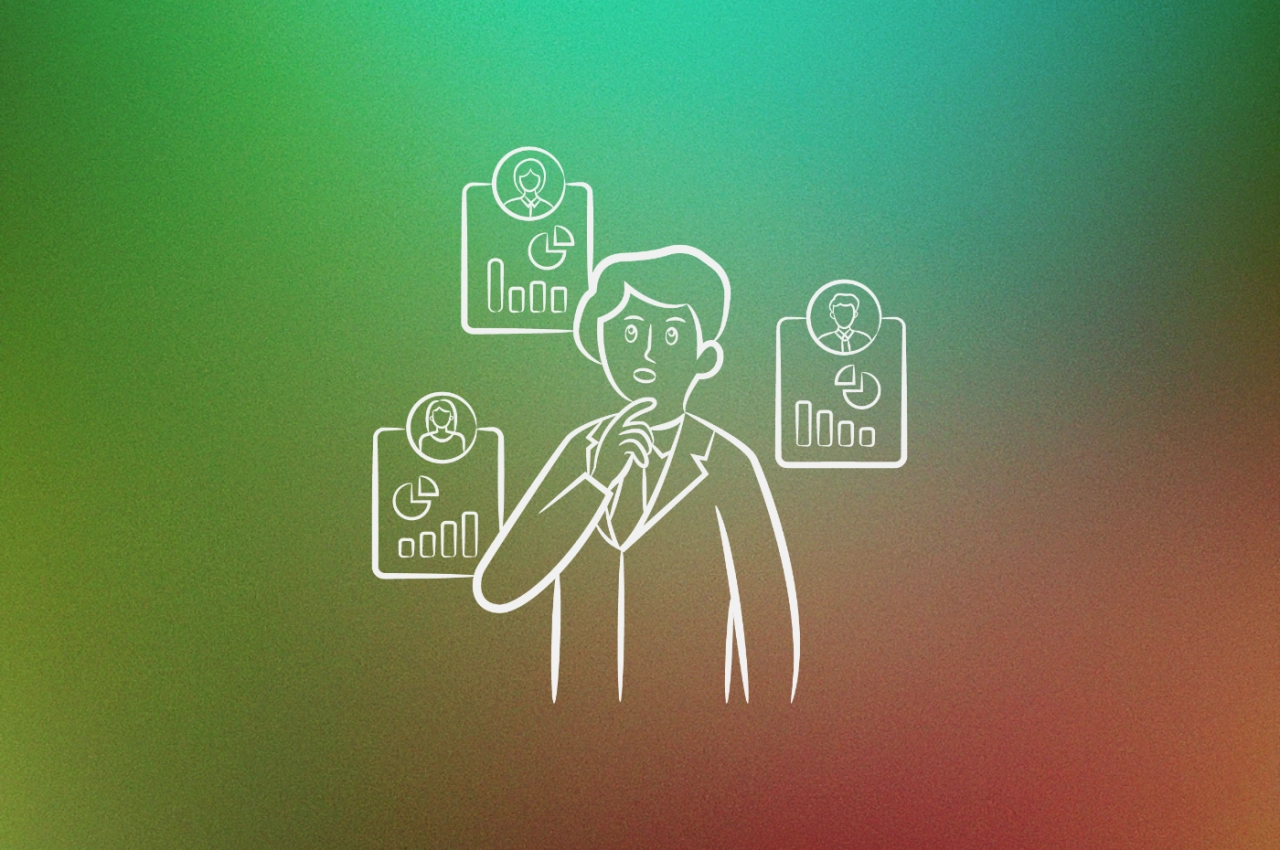- Implementing a CRM tool helps manage customer relationships, streamline workflow, and provide various features like progress tracking, lead tracking, contact management.
- Gathering feedback from customers is crucial for identifying improvement areas, building better relationships, and tailoring services to specific customer groups.
- Email campaigns should be personalized, informative, concise, engaging, and optimized for mobile devices.
Imagine the only way you could ever grow your agency is by acquiring new clients, all for short-term projects. You’d have to constantly search for new leads and invest time onboarding them, only to never hear from them again after a few months. Clearly, an unproductive business model—which goes to show that managing relationships with B2B customers is key to growing your company.
So, how do you do B2B customer relationship management correctly?
Challenges in B2B CRM
Maintaining B2B relationships is difficult, and the loss they bring is great. The cost of acquiring a business is already high, losing it can put a significant dent into a companie’s revenue. And this is why they should do everything they can in order to keep a B2B customer from churning.
With that said, forming a strong relationship isn’t a walk in the park to begin with. The customer journey of a B2B client is different from their B2C counterpart. It’s often longer and you’re not always dealing with the decision-making person. Someone researching a new client portal software might not be looking to improve the processes in their agency until next year. The sales process is not straightforward when it comes to businesses as they are not as quick to pull the trigger when it comes to purchasing new software.
Maintaining customer relationships
Now that we’ve established why B2B relationships must be maintained, let’s take a look at different ways of managing business to business customer relationship.
Use a CRM tool
Any business should have done their research and come up with a B2B ideal customer profile. Based on that you know how the perfect customer looks like. Next, find leads and turn them into customers. But where do you hold all the data about them?
B2B CRM tools are built to help you manage leads and customers while streamlinining your workflow at the same time. They offer features like notes, progress tracking, lead tracking, contact management, and more. By using this type of tool, you enable not just your sales team to perform better, but your entire company: from the customer success to the marketing team, everyone will be making good use of your CRM software.
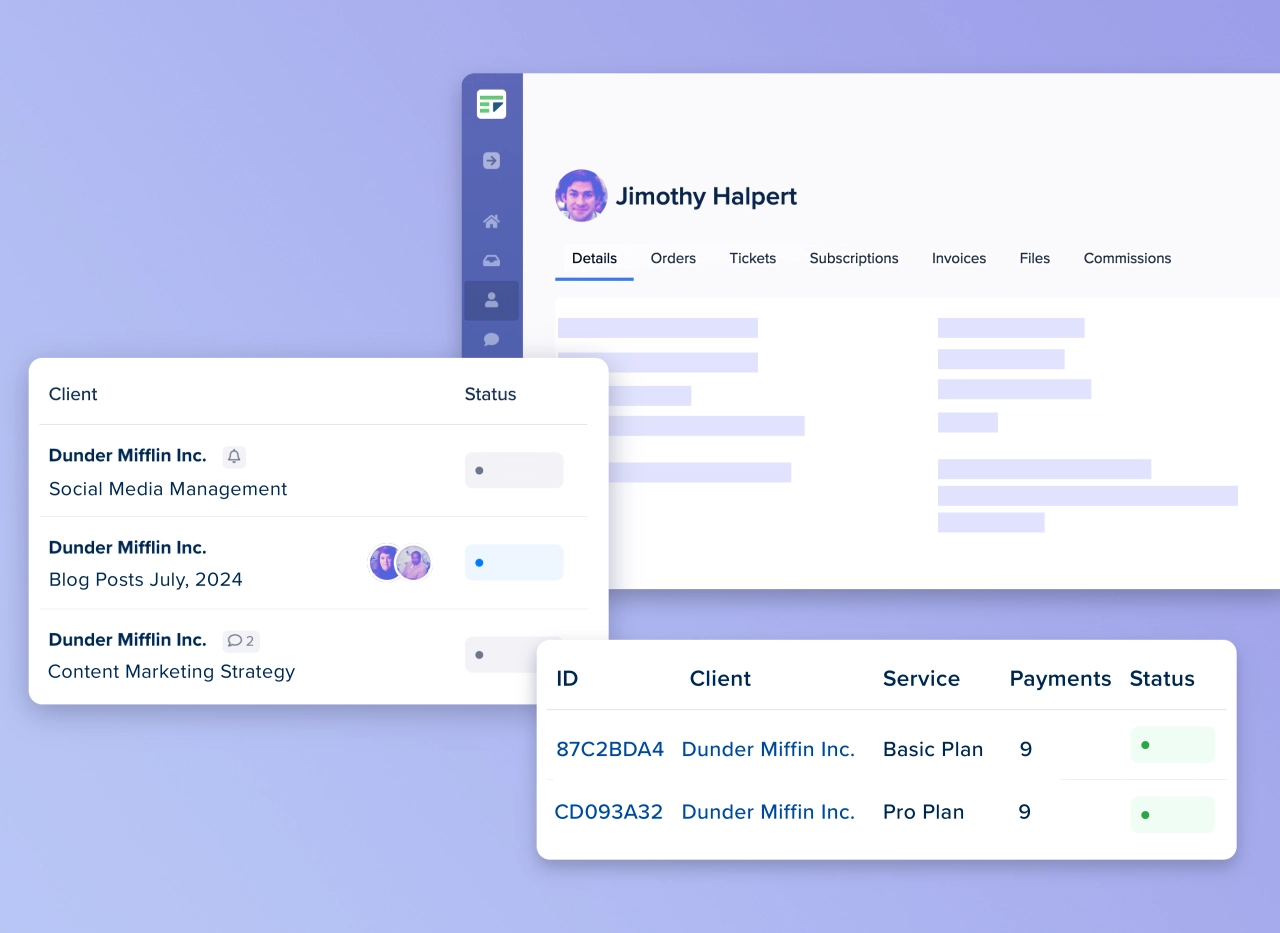
Keep all your client data securely stored in one place.
There are multiple types of CRM systems you can choose from: Salesforce CRM, Zoho CRM, and HubSpot are among the most popular ones—but they are also on the more costly side. HubSpot does have a free version, but it might be a little too limiting for your needs (even as a startup).
You want to make sure your B2B CRM systems includes as many features as possible, so it makes more financial sense for your business.
At the very least, your customer relationship management software should:
provide data analytics and reporting capabilities
help you analyze customer buying patterns
allow for easy communication with customers
support sales pipeline tracking
give different departments access to customer data
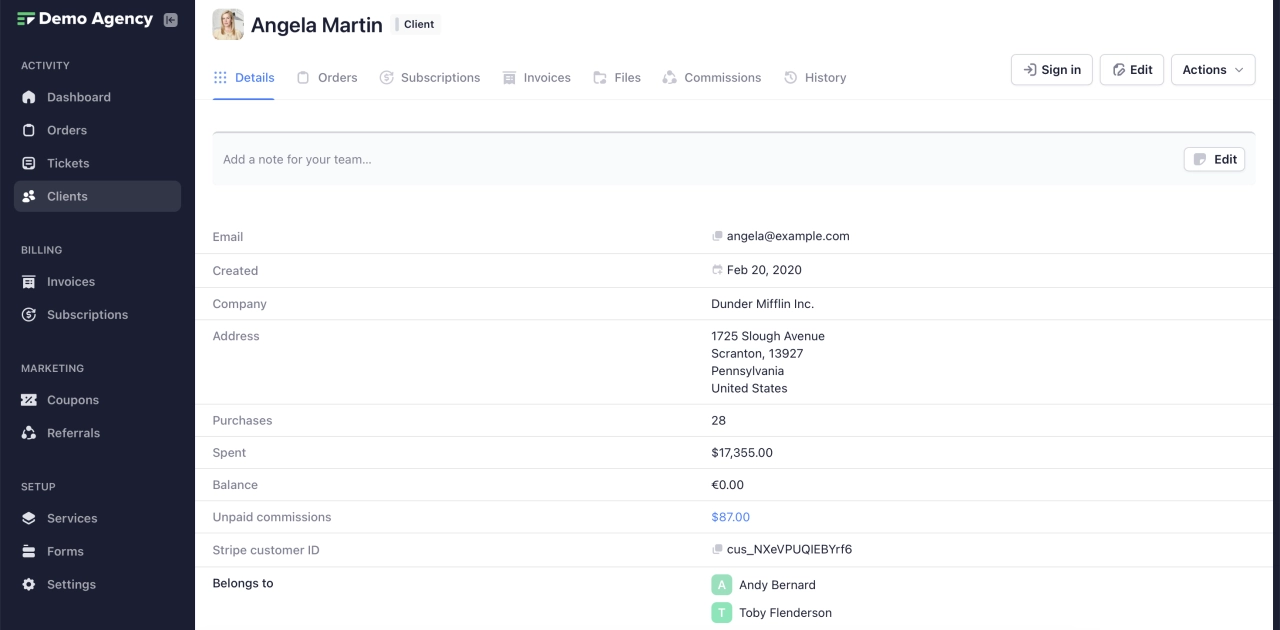
Ideally, your CRM should fit your business model too. For instance, SPP’s B2B customer portal is built for agencies, and it caters to specific challenges and needs businesses in this industry have, like:
an in-app referral system (to keep those valuable leads coming)
order management (to ensure both you and your clients have a clear overview of every order)
white label options (if you want to sell your services to a different agency under their brand)
Collect feedback
You can’t read people’s minds, but you can ask them what they think.
Collecting feedback from your customers is crucial, as it helps you:
identify potential issues or improvement areas
build better relationships with your customers
create more tailored services for specific groups of customers
It’s worth mentioning that feedback collection isn’t always as easy as it sounds. In theory, setting up a customer satisfaction survey or using a sentiment analysis tool should do the trick—but in practice, it might be more difficult.
Frequent challenges to collecting feedback from customers include that you have to:
make sure you’re asking the right questions
incentivize customers to fill out the surveys
be sure you’re tracking responses accurately
One way to preempt this type of issues is by automating your feedback collection system, so that you don’t have to worry about manually handling everything. For instance, SPP has an automated order/ticket rating system you can enable—and when that happens, clients can leave a rating. There are five emojis to choose from, corresponding to rating scores from 1 (bad experience) to 5 (great experience), and the form will be prompted whenever an order or ticket is closed.
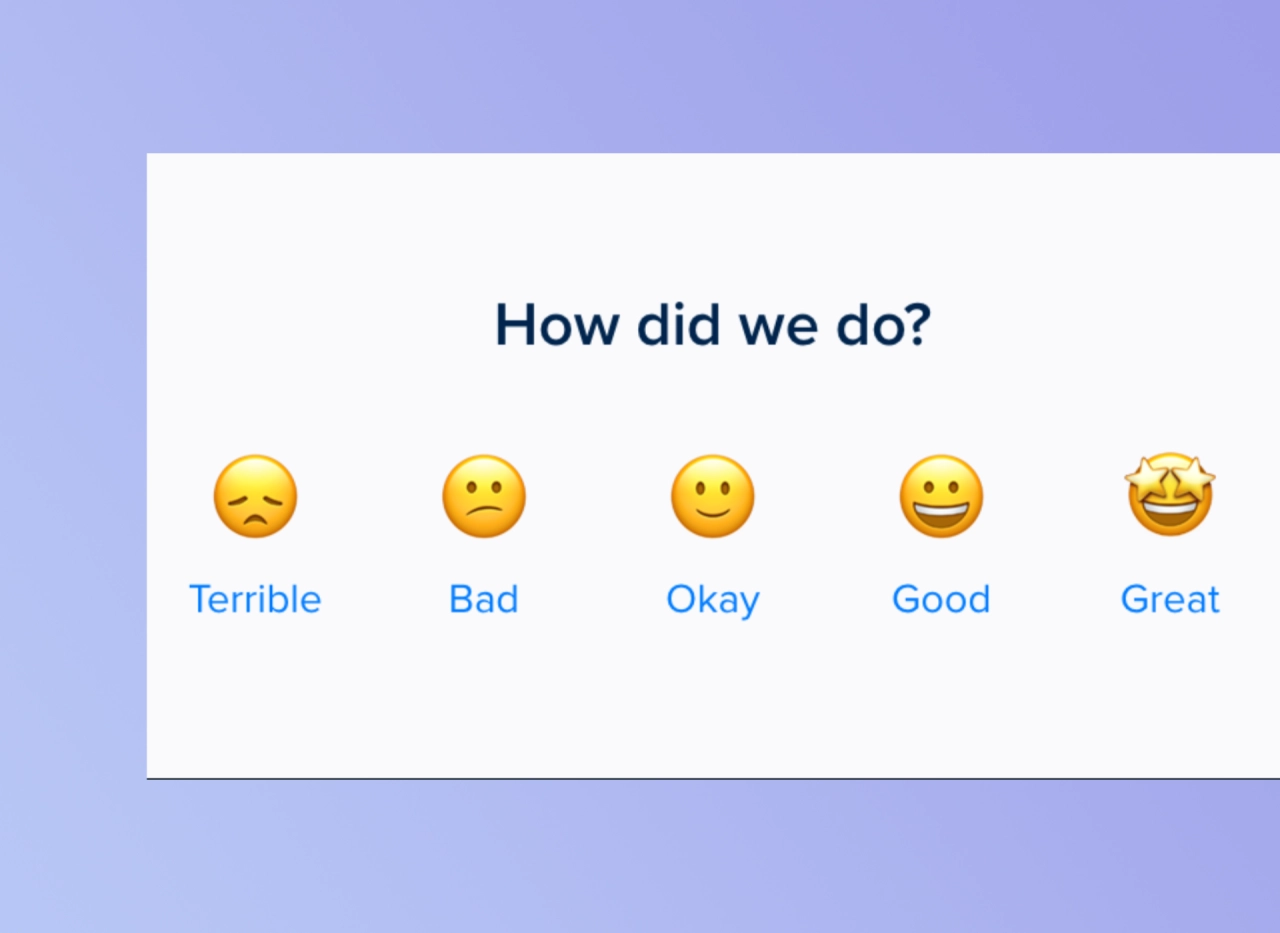
Receive ratings for your projects and tickets.
It’s also important to note that collecting feedback is only useful if you’re actually planning to use the data it provides. If you set up a survey but no one on your team is actively monitoring the results (or how insights are being implemented), you might waste your time and resources.
Run targeted email campaigns
Email campaigns help you build relationships with your prospects and establish yourself as an authority in the industry. They are also one of the most cost-effective ways to reach out and engage with your target audience.
However, you have to keep in mind that sending out generic emails won’t help you—on the contrary, it might disconnect customers from your brand and hurt your reputation. Therefore, you should always keep your emails as personalized as possible. The way to do this is by segmenting your audience as much as you can, and then crafting targeted emails that cater to each segment.
Apart from that, you need to make sure your emails are:
informative
concise
engaging
clearly structured
optimized for mobile devices
well-timed
never spammy
in line with your tone of voice
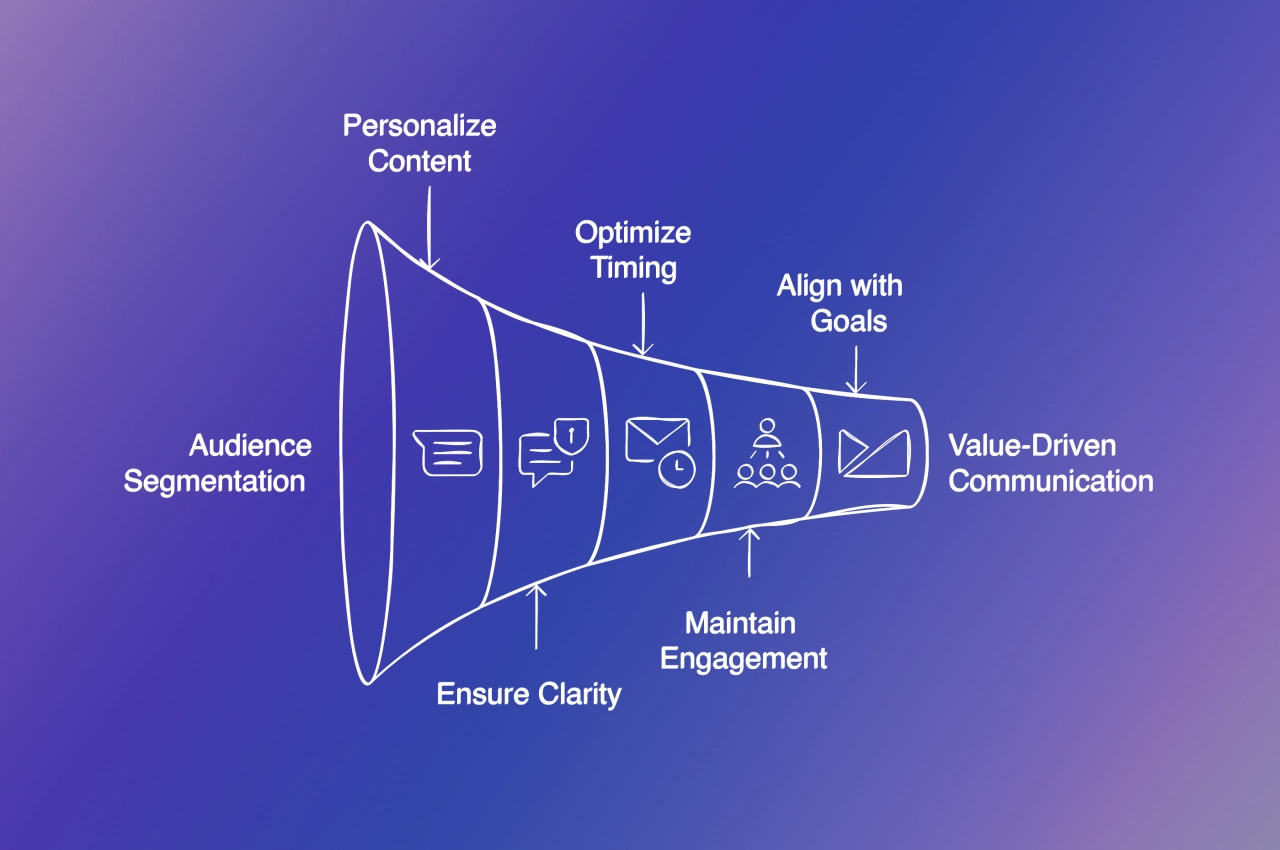
Remember, each and every email should provide your customers with real value. Otherwise, it’s just another item they’ll ignore in their inbox. Furthermore, make sure your emails are systematic, not random. Your email marketing efforts should be part of a broader campaign with a clear goal.
Last, but not least, A/B test your emails as often as possible. Doing this will allow you to fine-tune your campaigns and ensure you’re sending out the most effective emails.
Make use of social listening
Social listening tools are designed to track mentions of your brand, competitors, or other topics related to your industry. This is essential for understanding how customers perceive you and whether your campaigns and services are successful.
Not only can social listening help you identify potential issues, but it also provides valuable insight into customer needs and preferences. This can be extremely useful in planning future campaigns as it provides you with an understanding of what customers want.
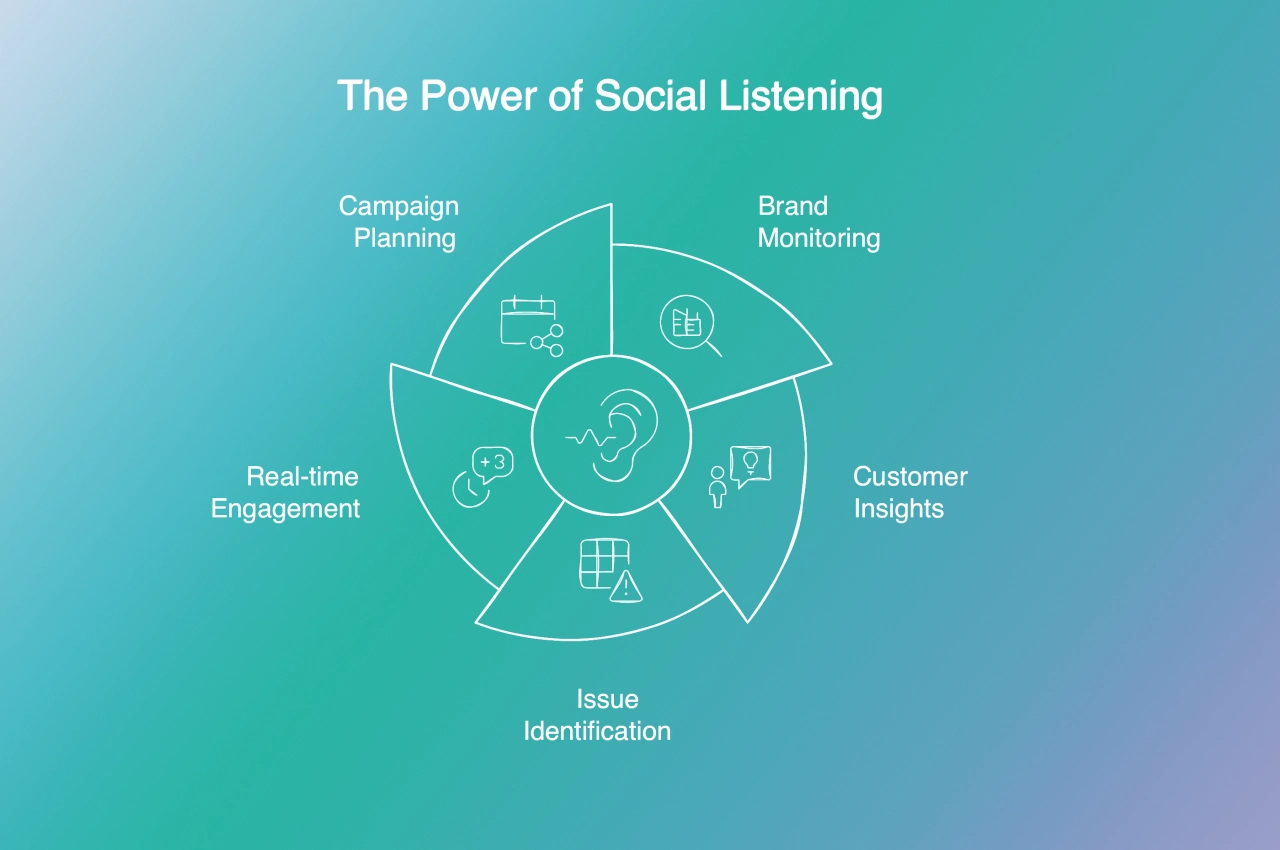
Social listening also allows you to engage with customers in real-time. When a customer mentions your brand, you can use social media to respond quickly and help them resolve any potential issues. By taking the time to do this, you show customers that their feedback is taken seriously and that your brand values their opinion.
Some of the most popular social listening tools include:
Hootsuite
Mention
Brandwatch
Sprout Social
Keep in mind that social listening cannot be a fully-systematized process. It requires ongoing monitoring and the ability to react quickly, as well as a deep understanding of your industry and target audience. The main goal is to use social listening to
fill in the gaps quantitative data isn’t providing, as well as
assess the effectiveness of your campaigns (particularly awareness-focused ones),
how your customers perceive your product and brand, and
what you can do better.
Engage with customers on social media
Social media is a real-time environment, and you have to be prepared for any kind of interaction. You should always respond promptly and professionally whenever customers reach out, regardless of whether the feedback is positive or negative.
Being active on social media also helps you maintain relationships with current customers and engage potential customers. You can use social media to show customers you know what they need and are willing to help by providing relevant, valuable information.
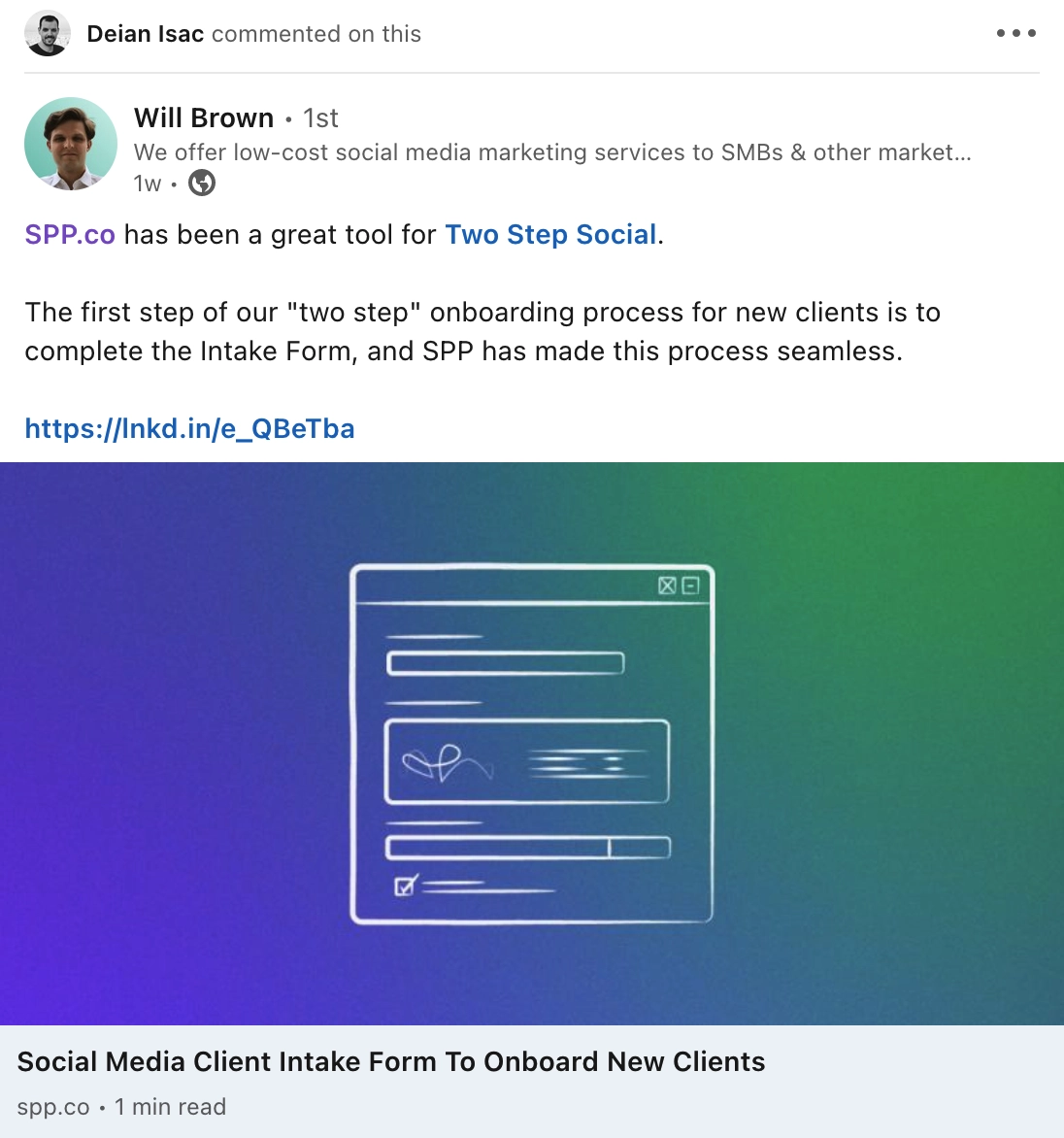
With that said, social media engagement isn’t always a positive experience. Sometimes, angry customers can post negative feedback. However, you should never take these comments personally and try to remain professional no matter what. The most important thing is to address the issue at hand, stay calm, be transparent, and always keep your customer’s best interest in mind. Ideally, you would also have some sort of crisis management plan in place, just to make sure everyone in your team is in the loop on the process in case you encounter negative feedback.
Finally, it’s important to note that social media engagement is an ongoing effort, not an overnight success. You have to commit to the process, be creative with your content, and set realistic goals. The point is not so much driving direct sales from social media, but rather building relationships with your target audience. In the end, this will help you establish yourself as a trusted source of information in your industry.
Overall, collecting customer feedback can be a tricky task. However, if you use the right strategies and tools, you can get invaluable insights and feedback that will help you improve your products and services.
Track customer behavior
Customer behavior tracking can be a delicate matter. On one hand, you want to collect data about your customers to offer them the best possible experience. On the other hand, you don’t want to come across as invasive or creepy. Privacy concerns should always prevail over any kind of insight you could gain with invasive techniques.
That being said, tracking customer behavior can provide valuable insights about their needs and preferences. You can use this data to:
identify trends in the market
optimize your website for better customer experience
improve the effectiveness of your marketing campaigns
enhance client communication
understand where customers are coming from and how they interact with your content
The best way to approach this is by using analytics tools such as Google Analytics and other similar tools. This way, you can track customer behavior non-invasively and use the data to adjust your campaigns or website accordingly.
Deliver a personalized service
In the big data era, providing personalized customer service is more important than ever. Customers expect you to know their needs and preferences without them having to state them explicitly. Ideally, you should be able to deliver the right product or service at the right time.
This isn’t easy, but it can be achieved with the right data. Collecting customer feedback is essential for understanding their needs and preferences, as well as developing a personalized approach to customer service.
You can also leverage automated marketing tools such as chatbots and AI-driven solutions to deliver a more customized service and experience to each customer. For instance, you can use AI-driven customer service bots to respond to frequently asked questions or provide helpful information quickly and efficiently.
Create loyalty programs
Providing good services is one of the single, most efficient ways to build loyalty with your existing customer base. However, there are other strategies you can use to create loyalty programs. For instance, you could offer discounts or free services to returning customers. You can also build loyalty by asking customers for their opinions on your products and services, or rewarding them when they refer new customers.
Encourage referrals
Referral customers are one of the most valuable clientele your agency could wish for. When someone refers your services to their peers, they enter the relationship with a pre-established trust in your agency.
It’s also a great way to increase your customer base, as referrals are more likely to become actual, paying customers and recommend your services to others.
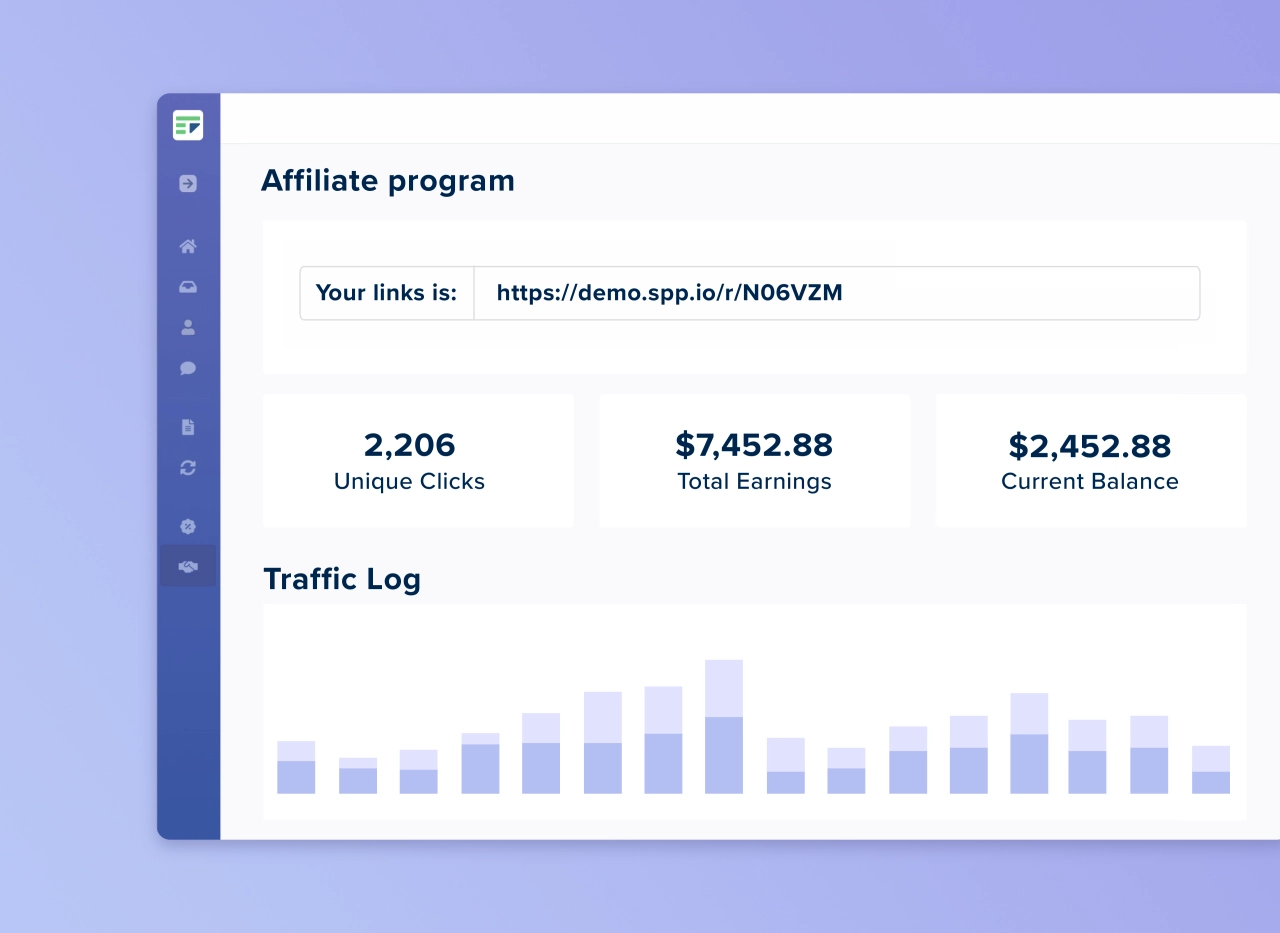
Convert your clients into brand ambassadors.
You can encourage referrals by offering discounts or loyalty programs, as well as incentivizing customers to participate in surveys and interviews.
Trends and future directions
As agencies work to understand customer management, their approach to handling relationships is significantly transforming. The future of B2B customer relationship management depends on emerging technologies that are changing how we interact with our clients.
Integrating AI and machine learning into CRM
Artificial intelligence (AI) and machine learning (ML) algorithms are increasingly utilized in CRM systems to enhance predictive analytics, personalize interactions, and automate routine tasks. By analyzing large volumes of customer data, these technologies help companies identify patterns, predict behavior, and provide actionable insights that drive more effective engagement strategies.
For example, AI-powered chatbots can be integrated into CRM platforms to offer 24/7 support, while ML-driven analytics allow agencies to anticipate and address customer needs proactively.
The rise of adaptive CRM systems
In the near future, we can anticipate adaptive CRM systems that learn from user behavior, preferences, and market trends. These intelligent platforms will dynamically adjust their features, functionality, and user interface to meet changing business needs.
The ultimate goal is to create a truly personalized experience that addresses each individual’s unique needs and expectations. By leveraging AI and machine learning, adaptable CRM systems will become an essential asset for any forward-thinking agency aiming to stay competitive.
B2B relationship management strategies FAQ
What are B2B relationships examples?
A good B2B relationship example are two agencies that are working together. One of them is a design agency who wants to offer content writing service to their customers. They partner up with a content writing agency that will provide that service for them.
How do you keep B2B customers engaged?
B2B customers need to be constantly reminded that your service or product bring them value, and they couldn’t function without you. This can be achieved with the help of reports that showcase the ROI you achieve.
How do you build customer loyalty in B2B?
Winning a company over takes effort, but once done, they stay loyal for a long time. In order to achieve that, go the extra mile in the beginning. Help them get to know you, how you can help them achieve their goals, and make it clear what kind of value you bring to the table.
Managing B2B customer relationship takes effort
Collecting customer feedback is key to providing excellent customer service and improving your products or services. To ensure your customers are satisfied with your services, you need to understand their needs and preferences.
That’s why it’s important to have an efficient process for collecting customer feedback. You can use surveys, interviews, social media, and tracking data to collect insightful customer information.
From there, you can use the data to personalize customer service, create loyalty programs, and encourage referrals. All of these strategies will help you build relationships with customers and ensure your customers stay happy and loyal—thus improving retention, revenue, and business growth for your agency.
